Here is how your body uses the macronutrients (those needed in larger quantities):
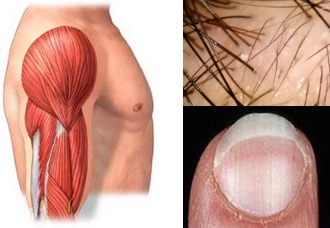 Proteins are used to build the structures, like muscles, nails, hair. These structures give a “shape” to your body, this is the reason why many bodybuilders stress the importance of eating high-protein foods. Some healthy sources of proteins are: legumes, quinoa, fish, eggs, tempeh, unsweetened organic yogurt, unprocessed organic meat. Proteins are used to build the structures, like muscles, nails, hair. These structures give a “shape” to your body, this is the reason why many bodybuilders stress the importance of eating high-protein foods. Some healthy sources of proteins are: legumes, quinoa, fish, eggs, tempeh, unsweetened organic yogurt, unprocessed organic meat. |
 Carbohydrates are used for energy, which allows your body to move. It’s a good strategy to get carbohydrates in the meals that precede physical exercise (think to athletes who eat a piece of fruit half an hour before performing). Some healthy sources of carbohydrates are: brown rice, fruits and vegetables, raw organic honey, amaranth, sweet potatoes. Carbohydrates are used for energy, which allows your body to move. It’s a good strategy to get carbohydrates in the meals that precede physical exercise (think to athletes who eat a piece of fruit half an hour before performing). Some healthy sources of carbohydrates are: brown rice, fruits and vegetables, raw organic honey, amaranth, sweet potatoes. |
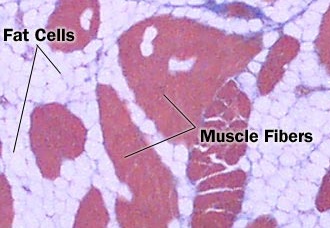 Fats are used to build protective layers around organs, to digest fat-soluble vitamins, and as stored energy. It’s an old myth that “fats make you fat”: it’s processed junk foods that make you fat, instead. Fats are vital for your body. Some healthy sources of fats are: extra-virgin olive oil, coconut oil, avocado, nuts like walnuts, hazelnuts, almonds, peanuts. Fats are used to build protective layers around organs, to digest fat-soluble vitamins, and as stored energy. It’s an old myth that “fats make you fat”: it’s processed junk foods that make you fat, instead. Fats are vital for your body. Some healthy sources of fats are: extra-virgin olive oil, coconut oil, avocado, nuts like walnuts, hazelnuts, almonds, peanuts. |
And here is how your body uses the micronutrients (those needed in smaller quantities -but still necessary-):
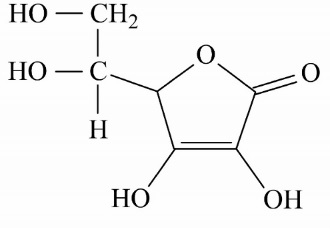 Vitamins are used for many vital functions, for example they help metabolism, act as antioxidants, regulate cell and tissue growth. It’s important to note that many vitamins are sensitive to heat, so people who sistematically cook their meals at high temperatures (boiling, frying…) “kill” the vitamins and end up with a vitamin-deficient diet. Vitamins are used for many vital functions, for example they help metabolism, act as antioxidants, regulate cell and tissue growth. It’s important to note that many vitamins are sensitive to heat, so people who sistematically cook their meals at high temperatures (boiling, frying…) “kill” the vitamins and end up with a vitamin-deficient diet. |
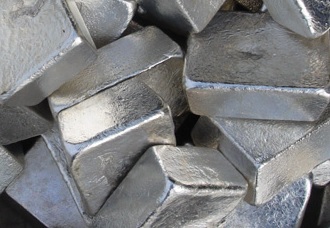 Minerals are used to build that part of your body which is actually mineral, like bones and teeth, that are made of calcium. They are also employed in many other important processes, for example magnesium supports protein synthesis, sodium controls muscle contraction and nerve function, iron makes hemoglobin in red blood cells that carry oxygen in the body. Minerals are used to build that part of your body which is actually mineral, like bones and teeth, that are made of calcium. They are also employed in many other important processes, for example magnesium supports protein synthesis, sodium controls muscle contraction and nerve function, iron makes hemoglobin in red blood cells that carry oxygen in the body. |
Finally, even if sometimes they’re not technically labeled as nutrients or not included in the previous groups, here is how your body uses three other elements of your diet of vital importance:
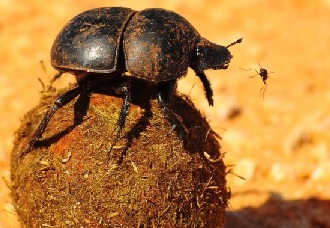 Fiber is the part of the plants which is not digested in your body, -so it actually survives the entire transit in the intestines-, but it is used to make the feces more airy, soft, so they flow through the intestines easily. Fiber prevents constipation and diarrhea, and it is particularly abundant in the skin of many fruits and vegetables, and in the bran of whole grains. Fiber is the part of the plants which is not digested in your body, -so it actually survives the entire transit in the intestines-, but it is used to make the feces more airy, soft, so they flow through the intestines easily. Fiber prevents constipation and diarrhea, and it is particularly abundant in the skin of many fruits and vegetables, and in the bran of whole grains. |
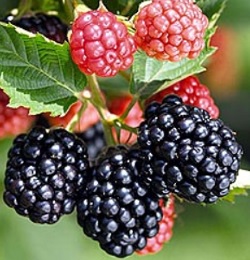 Phytochemicals, the compounds in fruits and vegetables that are responsible for their organolectic properties (like color and smell), may have a huge number of healthy benefits. Most studies are still cautious, but I “guess” that in the future they will clearly show a strong correlation between phytochemicals and good health / disease prevention. Phytochemicals are very abundant in bright colored vegetables and fruits. Phytochemicals, the compounds in fruits and vegetables that are responsible for their organolectic properties (like color and smell), may have a huge number of healthy benefits. Most studies are still cautious, but I “guess” that in the future they will clearly show a strong correlation between phytochemicals and good health / disease prevention. Phytochemicals are very abundant in bright colored vegetables and fruits. |
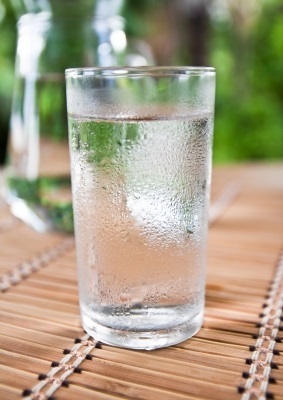 Water makes a significant fraction of the human body (variable from 55% to 75%), and it serves a number of important functions, for example: it regulates body temperature by sweating and respiration, lubricates joints, flushes waste in urine, keeps membranes moist, forms saliva, acts as a carrier to distribute essential nutrients to the cells. Water makes a significant fraction of the human body (variable from 55% to 75%), and it serves a number of important functions, for example: it regulates body temperature by sweating and respiration, lubricates joints, flushes waste in urine, keeps membranes moist, forms saliva, acts as a carrier to distribute essential nutrients to the cells. |
Notes: For simplicity I grouped minerals all together in the micronutrients group, however sometimes a separation is made among microminerals (or “trace minerals”) and macrominerals.
Related: Density of nutrients








